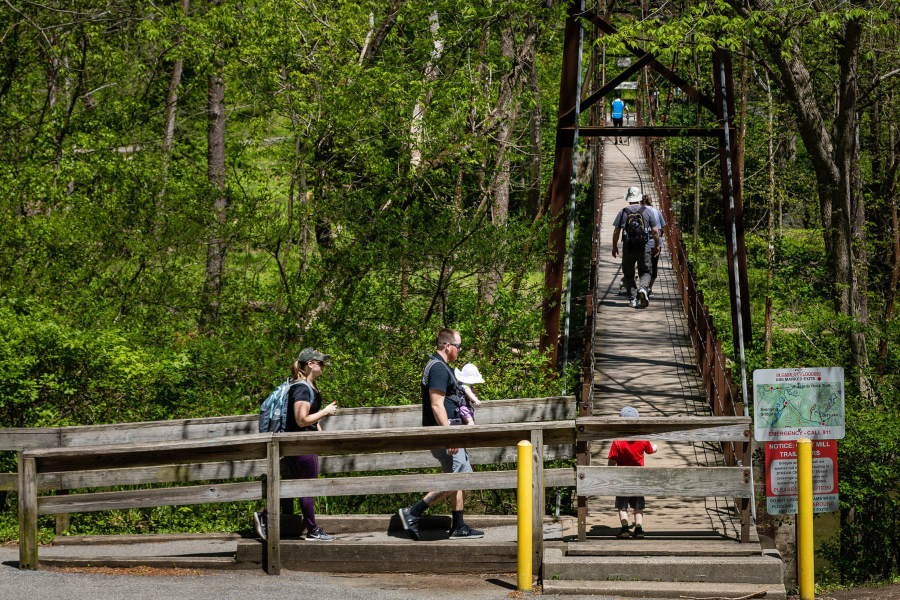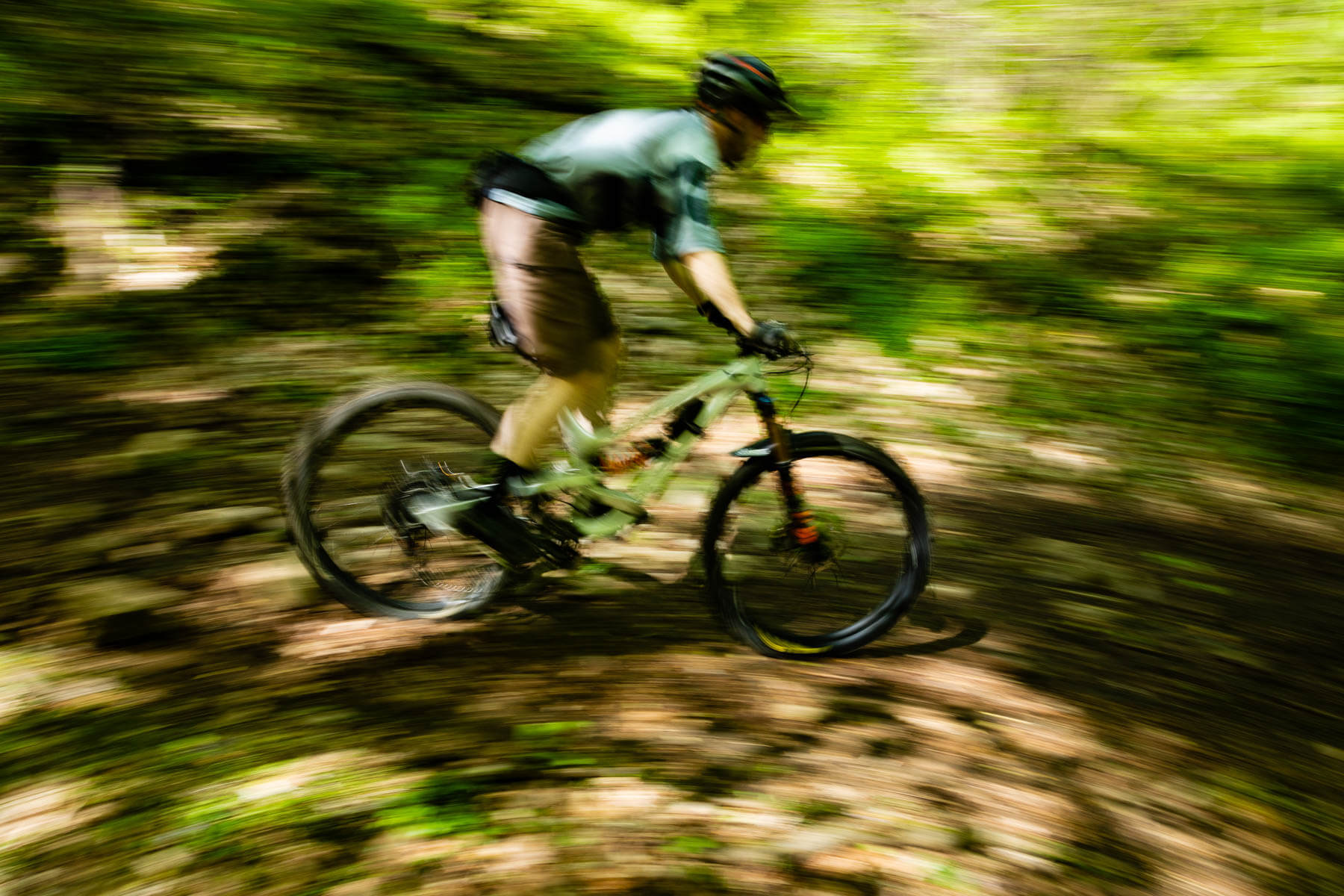The beginner’s guide to taking a hike

Staying Safe
For many, “Will I be safe?” is the first question that comes to mind when they consider going on a hike. If you feel at all uneasy about going for a hike, please consider the following tips to help you feel more comfortable and enjoy nature to its fullest.
- Find a group: The easiest way to feel safe on a hike is to go with a group of people you feel comfortable around. Use Meetup find people who share the same skill level, interests or one or more of your identities (e.g., gender, racial, ethnic identities). Other great tools are Outdoor Afro, the Venture Out Project, and Women Who Hike.
- Find a park nearby: Sometimes staying in your community is the best way to feel safe. While not every community has access to green spaces, you can use tools like All Trails and the Hiking Project to find the closest possible trails.
- Wear appropriate gear: While you by no means need to buy a snazzy new pair of shoes or a sleek hiking bag, having the right equipment will not only make the activity easier on your body, but it can put you in the mindset that you are prepared and safe for your hike. Outdoors company REI has a good list of what this includes.
Planning the Hike
Doing a bit of extra preparation for a hike can be more helpful than you might think. First, understand that there are peak hours for hiking. If you show up too late or too early, the park might be closed or full, especially during days when the weather is nice.
In general, it’s best to get to the park before 10 AM or after 3 PM. State natural resource departments often share current information on their websites or social media about parks that have reached capacity, which can help you avoid crowds. You should also consider checking out lesser known parks, which you can find with just a little bit of extra searching.
Once you’ve settled on a place and time, you need to make sure you have everything you need to get in and on a trail. You can remember this using the four P’s of hiking prep: payment, protection, parking and people.
- Payment: Many parks rely on fees to help maintain the area, and there’s not always someone at the entrance to run a credit card. Often times, there may only be a cash box that’s based on the honor system. So before you head out, see if there’s an entrance fee and make sure you have some cash on hand to pay.
- Protection: Don’t forget sunscreen, bug spray, a hat and anything else that would keep you protected from the elements.
- Parking: While it’s tempting to just type a park into your GPS and head out, that doesn’t always lead you to the right place. Many parks have a website with information on where to park and what entrance to use. If you’re still unsure, call the park or ask a friend—just be sure not to park in undesignated areas.
- People: Too often, people who want to go hiking feel like they’re not experienced or in shape enough to do it. Help curb this trend by inviting friends to go with you, especially ones who don’t get outdoors often.

Sharing the Trail
You’ll hear this a lot but hiking really is a lot like driving. While cars need to stay on the road, hikers should stay on the path so that they don’t trample on the plants and grass that our wildlife call home. Undoubtedly, you’ll come across other hikers, bikers and runners to share the trail with. Here’s what to do when that happens.
- Walk on the right, pass on the left: Everyone has a different speed. Sometimes you will need to pass other people on the trail just like you would on a highway and vice versa. To keep traffic flowing, walk on the right and pass on the left. This also ensures that a mountain biker or fast jogger taking a sharp turn doesn’t come close to hitting you.
- Downhill hikers should yield to uphill hikers: If you find yourself on a thin, sloping trail, remember that those going downhill should stop for those going uphill. This is because the ones going up are concentrating harder on the path ahead of them. Make it easy on them by stepping to the side once you get within a few feet.
- Solo hikers should move for bigger groups. If you’re hiking lone-wolf style and you come across a big group on a thin trail, step aside and let them all pass. You don’t want anyone having to step off the trail onto plants and grass, and it’s just easier if a big group with more momentum continues walking unimpeded.
- Watch out for mountain bikers. Technically, mountain bikers should yield to hikers, and they will if they know the rule. Still, it’s harder for bikers to slow down, so consider helping them out by stepping aside. Either way, be on the lookout for bikers, especially when you’re on a popular biking trail.
Taking Care of Nature
There are three words that all hikers should know: Leave No Trace. The phrase refers to hiking and camping in a way that doesn’t disturb wildlife and their habitats. Parks have certain paths for a reason, and all the little “off road” steps that people take can add up and leave a mark on the environment. The seven principles of leave no trace are outlined by the Leave No Trace Center for Outdoor Ethics, but here’s a quick overview.
- Plan ahead: Avoid wandering through sections of the park not meant for hiking or parking in undesignated areas by figuring out your plan ahead of time.
- Travel and camp on durable surfaces: If you choose to camp, limit your impact on nature by camping in designated areas only, keeping your group number to a minimum and avoiding extended stays at the campsite.
- Dispose of waste properly: Take everything you brought into the park home with you, from trash to food scraps.
- Leave what you find: Rocks, plants, trees and other artifacts are important to the ecosystem and should be left alone.
- Minimize campfire impacts: Starting and stoking a fire isn’t the only thing you need to know how to do. Campfires can leave a lasting impact if not properly maintained, so make sure to carefully review these guidelines for campfire safety.
- Respect wildlife: Observe but never interact with wildlife. This includes getting their attention, leaving food scraps for them to eat or going near nests and burrows. Remember, you are guests in their home!
- Be considerate of other visitors: People go on hikes to escape the commotion of everyday life. Be considerate of this valuable time by limiting your noise-level and being sure to leash dogs where required.
Whether you plan on getting out on the trail a few times a year or becoming an Instagram-famous outdoor aficionado, these basics will always come in handy. Just remember that while nature is everyone’s to enjoy, it’s also everyone’s to protect.
To get started hiking throughout the Chesapeake Bay Watershed, check out the resources from Find Your Chesapeake, Chesapeake Bay Progress and National Park Service.

Comments
There are no comments.
Thank you!
Your comment has been received. Before it can be published, the comment will be reviewed by our team to ensure it adheres with our rules of engagement.
Back to recent stories